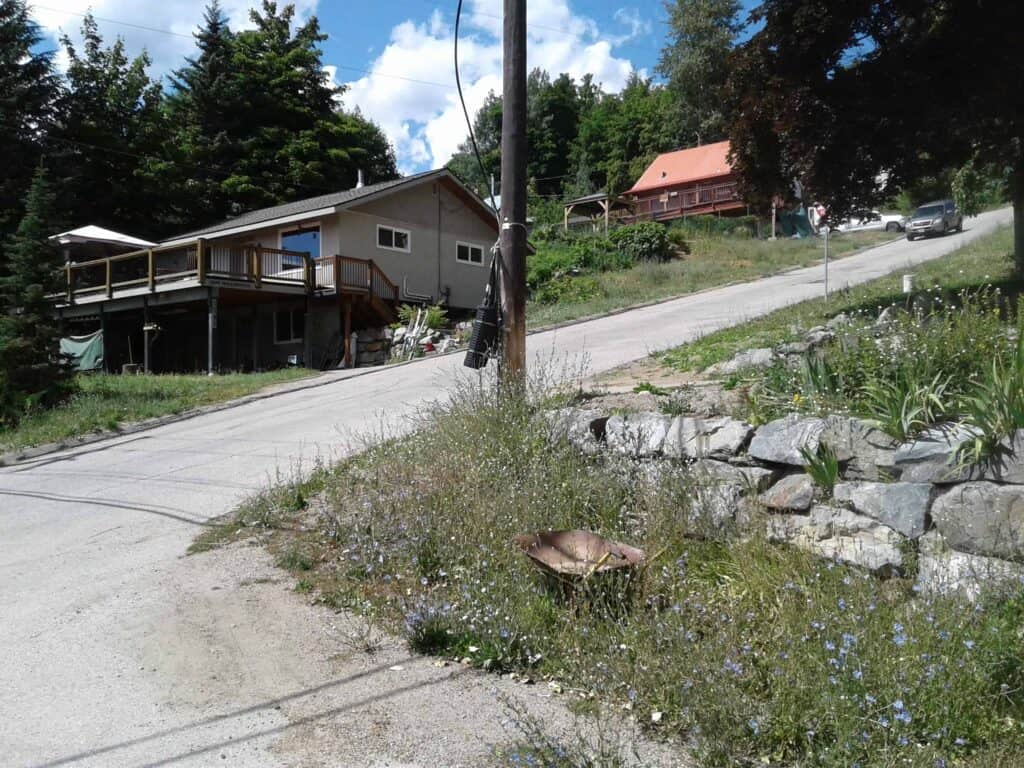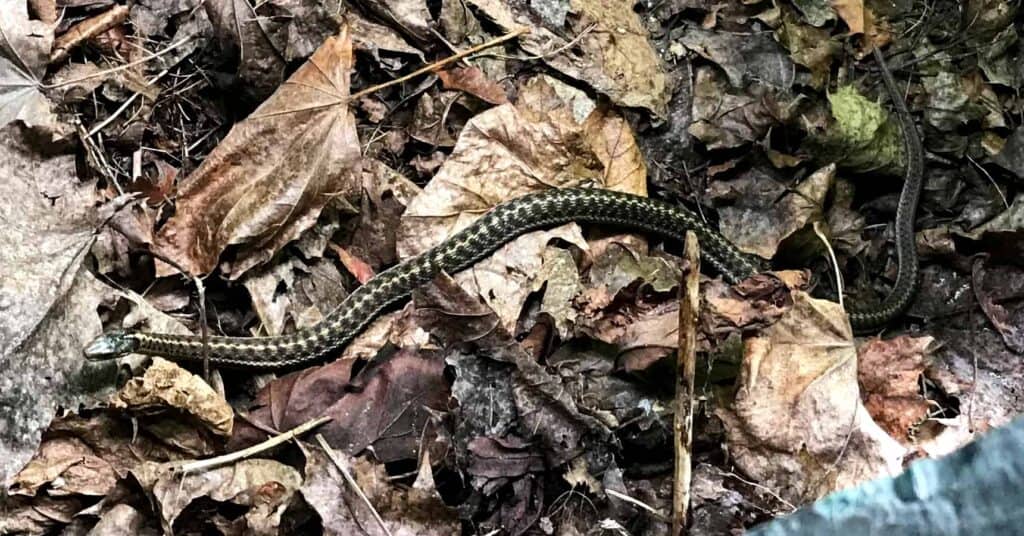

I am spending the summer “Outside,” away from the Yukon. These days I am in the town of Rossland, in the Kootenay region of British Columbia. It is surrounded by high and not-so-high mountain peaks in the Rossland Range and is a quaint little town that has, not surprisingly, a strong mining history. The town sits at more than 1,000 metres above sea level, and prospectors found gold and copper on the local slopes, a little longer than 100 years ago. The usual mining frenzy ensued for the next several decades. Sound familiar?
Mining is not really “a thing” anymore. The town is known as a ski-bum destination and its economy is now fuelled by tourist money from its world-class ski slopes and hip mountain-biking trails. The townsite is located right on a mountainside, and its main commercial artery, Columbia Avenue, acts as a boundary line. Above Columbia Avenue is the upper part of town, with small businesses, new developments and established neighbourhoods. Below this are quiet, older residential streets in the area called Lower Rossland.
All in all, Rossland is small and walkable. And getting groceries under your own steam is within reach, regardless of your altitude.
We are in Lower Rossland, which means we walk uphill to go into town, on Columbia Avenue. The walking distance is nothing worth talking about (a mere 500 metres), but the elevation gain is. At a 20 per cent grade, the hill we are climbing is so steep that a bus driver would not attempt it (unless their name was Sandra Bullock from the movie Speed). Drivers avoid it too. By comparison, it is around four times steeper than Two Mile Hill. Yet, we drag our bodies, walking up, shins burning hot under the muscular effort of reaching the Columbia Avenue plateau. On a punishing hot day, it’s worth thinking twice before making the short-but-intense trek into town—even for ice cream.
Challenging as these hills can be, a series of covered stairs between the street levels was built, over the years, with gentler grades for the “walking humans” and with landings in-between the long, steep sections. These are greatly appreciated by the locals who want to get up to the commercial streets and then back down and they are now part of the local culture and landscape. Sadly, we don’t have one of these structures nearby.
In addition to the absurd elevation gain, all kinds of creatures may cross your path on the climb to town: blind dogs, grouses, nosy neighbours, and snakes (yes, snakes!) because they like to hang out on hot paved roads (the same roads that lead to town—steepness and all). These are garter snakes, a common snake found in nearly every province, except in Newfoundland. They are not known to bite, and if they do, the bite is not poisonous. The garter snake is shy, like most reptilians, and harmless. They are dark-coloured but their unique yellow stripes make them easy to see in foliage or on pavement.
Alas, my aversion to snakes is strong. The garter snakes of Rossland may be considered small and are certainly fearful of people, but each time one crosses my path on the way to town (which happens quite often), I experience a strong stress reaction. I scream and run the opposite way, hopefully uphill, for a few seconds. Yes—a rather comical scene. What is truly remarkable is that the snake does just the same, minus the screaming. It is irrational, but snakes are the subject of one of the most-common, fearful reactions by humans. We have a history of not wanting them around, but in the case of the garter snake, this reaction is absolutely not warranted.In the classic game of Snakes and Ladders, ladders are always outnumbered by snakes—a message, by design, about going in the “right” direction instead of heading into trouble (the latter choice being always the easier and more-plentiful one). On my way to town, on a grand quest for ice cream, I optimistically wished there were more covered stairs (to help me climb the grueling hills) then there were snakes to run from.




